| Structure | Name/CAS No. | Articles |
|---|---|---|
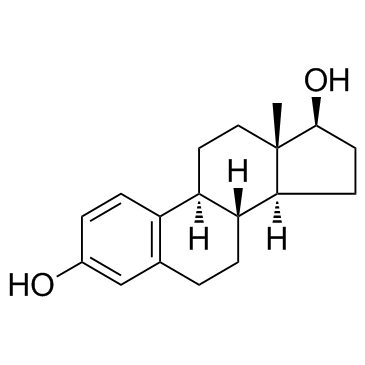 |
beta-Estradiol
CAS:50-28-2 |
|
 |
Acetonitrile
CAS:75-05-8 |
|
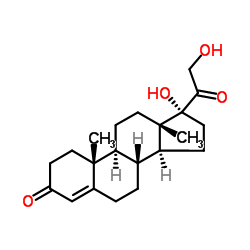 |
Cortodoxone
CAS:152-58-9 |
|
 |
Rosiglitazone
CAS:122320-73-4 |
|
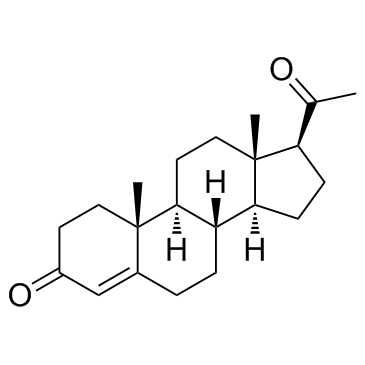 |
Progesterone
CAS:57-83-0 |
|
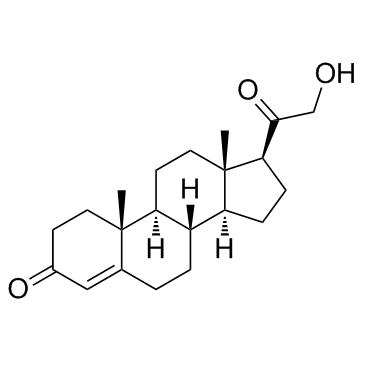 |
Desoxycorticosterone
CAS:64-85-7 |
|
 |
Hydrocortisone
CAS:50-23-7 |
|
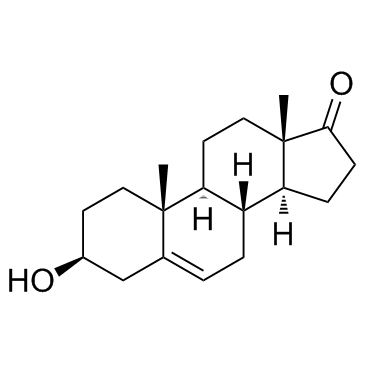 |
Dehydroepiandrosterone
CAS:53-43-0 |
|
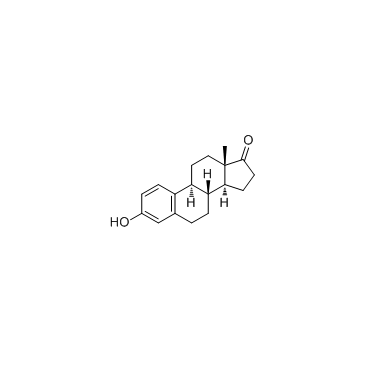 |
Estrone
CAS:53-16-7 |
|
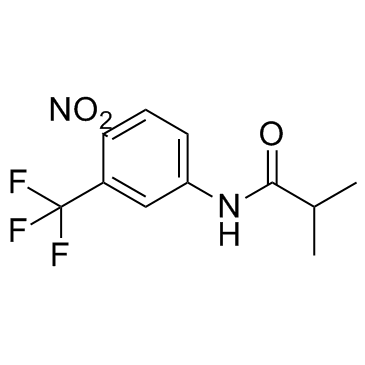 |
Flutamide
CAS:13311-84-7 |